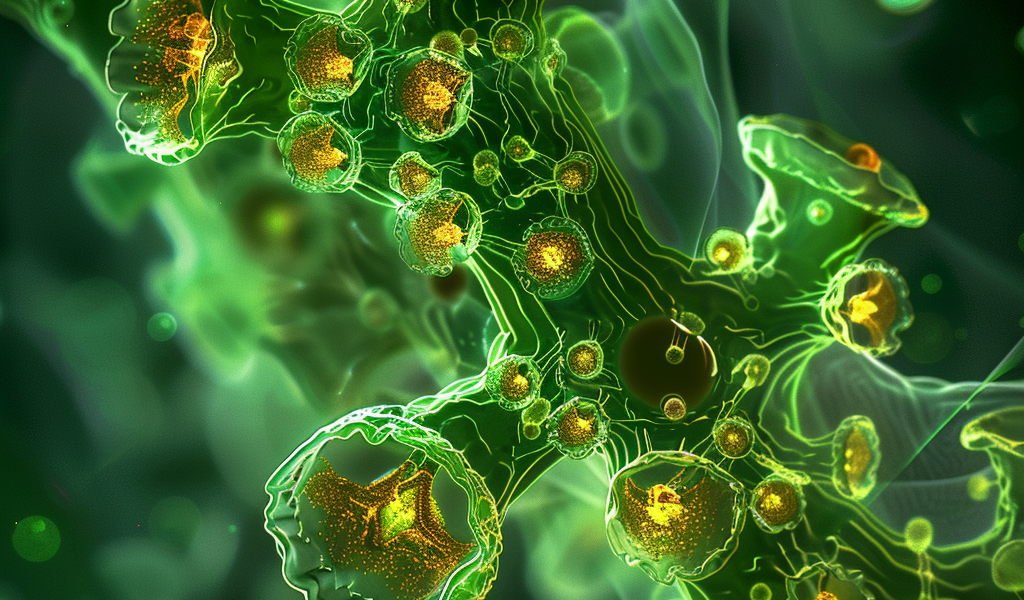New research has uncovered the atomic secrets of photosynthesis, shedding light on the intricate process of chloroplast RNA polymerase transcription. This breakthrough offers potential for enhancing crop resilience and deepening our understanding of plant growth mechanisms.
The mysteries of photosynthesis have been unraveled at the atomic level, providing valuable new insights into this remarkable plant process that transformed the Earth into a green landscape over a billion years ago. Researchers at the John Innes Centre utilized an advanced microscopy technique known as cryo-EM to investigate the production of photosynthetic proteins.
The study, published in Cell, not only presents a model but also provides resources to stimulate further fundamental discoveries in this field and support the long-term goal of developing more resilient crops.
Dr. Michael Webster, group leader and co-author of the paper, emphasized the significance of understanding the transcription of chloroplast genes, stating,
“Transcription of chloroplast genes is a fundamental step in producing the photosynthetic proteins that supply plants with the energy required for growth. By gaining a better understanding of this process at the molecular level, we aim to empower researchers seeking to enhance the photosynthetic activity of plants.”
He further highlighted the creation of a valuable resource through this work, enabling researchers to download the atomic model of the chloroplast polymerase and use it to form hypotheses regarding its function and devise experimental strategies to test them.
Photosynthesis occurs within chloroplasts, small compartments within plant cells that possess their own genome, reflecting their origins as free-living photosynthetic bacteria before being assimilated and repurposed by plants.
The Webster group at the John Innes Centre is dedicated to investigating how plants produce photosynthetic proteins, the molecular machinery responsible for facilitating this elegant chemical reaction.





